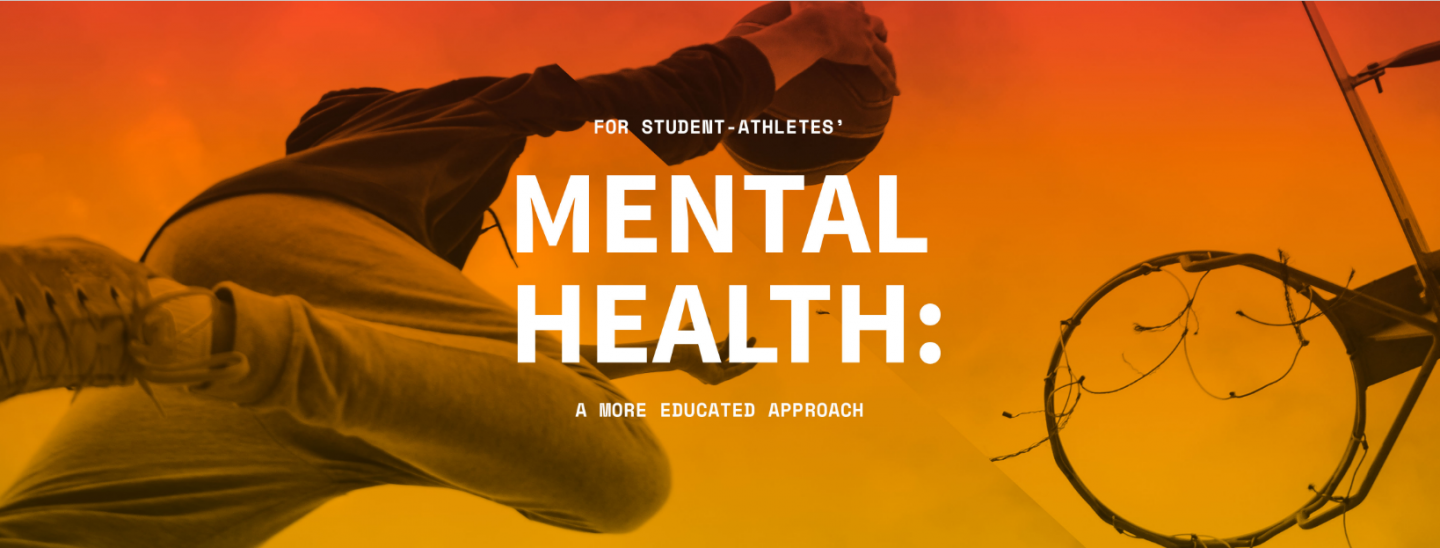Former U-M swimmer and Athletes Connected representative Kally Fayhee and U-M athletics counselor Barb Hansen contributed quotes to a story written by the NCAA for the New York Times. Below is an excerpt.
Pressures can quickly accumulate for young people as they transition from home and high school to life as college students.
New academic and personal challenges often coincide with separation from friends and family. And in that time of change — one that many parents might assume is defined by discovery and optimism — an unexpected obstacle can emerge, often unnoticed: an issue with mental health. It can reveal itself in the form of intense anxiety before a test or competition, changes in eating habits that can morph into an eating disorder, or feelings of depression that can hamper young people’s ability to manage the day-to-day responsibilities of their new world.
It’s now recognized as a common challenge: An estimated one in five adults will face a mental health condition each year, and the majority of those conditions develop by age 24. But while students and student-athletes are affected equally, the competitive nature of sports also has engendered an attitude that can spur some to hide their problem. Seeking help in an athlete’s world might be considered a sign of weakness. Rather than speaking with someone or seeking help, some athletes believe they should simply tough it out.
The stories of just a few real-life challenges faced by three student-athletes at California State University, Monterey Bay, make the reality clear: unexpected panic attacks, a best friend overdosing on drugs, two knee surgeries.
As athletes, they add regular practices, workouts and travel for games. All of it comes with the constant strain to succeed, not only for the future — “can I make it pro?” — but for the past sacrifices parents and coaches made along the way and the present pressures of living up to expectations.
In recent years, coaches and athletic staff have begun recognizing the importance of understanding and supporting student-athlete mental wellness. Guided by new resources, such as Mental Health Best Practices, a guide published by the NCAA’s Sport Science Institute in 2016, schools are devoting more education and resources to mental health well-being. Rather than hide from stigma, students and student-athletes are speaking up, seeking help and taking advantage of ever-stronger support systems on campus.
Read the full story on nytimes.com
